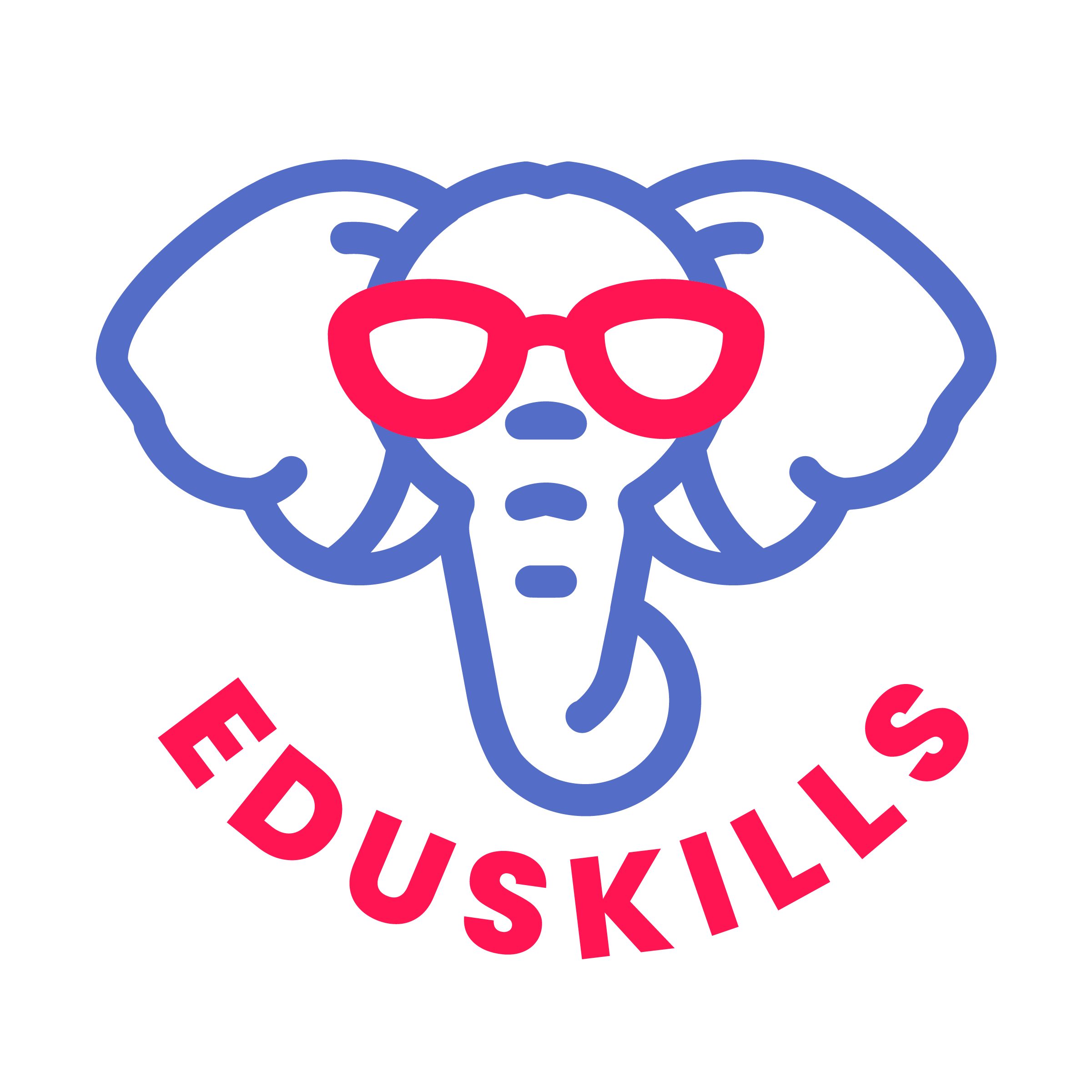Every August brings a mix of anticipation and uncertainty. This year, the headlines may feel even heavier—funding questions, shifting policies, and debates that too often put multilingual learners at the center without giving them a voice.
But amid the uncertainty, there’s power in remembering what we do know. As educators, advocates, and administrators, we already have research-backed practices that reliably support multilingual learners. Advocacy, effective instruction, family partnerships, and motivation—these remain steady, no matter what headlines say.
Here are some reminders and strategies, rooted in best practices, to set the year up for success.
Advocacy Is Action
When funding streams feel unpredictable, advocacy is one of the strongest tools in our control. Multilingual learners now make up 1 in 10 students nationwide (NCES, 2024), which means their needs must be centered in every planning conversation—not siloed into Title III alone.
- Keep multilingual learners visible in Title I, II, and IV planning.
- Document student growth and impact stories to strengthen advocacy with policymakers.
- Make space for parent voices at the table, not just as recipients of updates but as partners in decision-making.
As Claude Goldenberg reminds us, “Consensus won’t happen by itself—it must be constructed.” Building consensus around multilingual learners starts locally, in everyday advocacy.
Best Practices That Don’t Change
Educational fads come and go, but certain practices remain essential for multilingual learners. Research from Diane August, Jim Cummins, and the National Academies (2017) highlights consistent themes:
- Scaffolding matters. Use visuals, sentence frames, and guided reading supports to make content accessible without lowering rigor.
- Oral language fuels literacy. Structured peer talk, strategies like QSSSA, and academic conversations build a foundation for reading and writing.
- Language objectives should be explicit. Don’t just plan what students will learn; plan how they will use language to demonstrate it.
When classrooms prioritize these strategies, multilingual learners gain access to grade-level content and meaningful opportunities for language growth.
Creating Welcoming Environments
Policy debates may dominate the news, but families and students experience schools first through daily interactions. A welcoming environment is one of the most powerful interventions we can control.
- Provide translations and interpretation for all essential communication.
- Acknowledge and celebrate home languages through signage, student work, and classroom routines.
- Train staff on cultural responsiveness and student privacy protections.
Zaretta Hammond, author of Culturally Responsive Teaching and the Brain, reminds us: “Learning can’t happen without trust.” Creating trust through inclusion and belonging sets the stage for academic growth.
Proactive Compliance Without Overwhelm
While compliance tasks can feel burdensome, they’re also a foundation for accountability and equity. Instead of viewing them as a checklist, think of them as early-year opportunities to get ahead:
- Review student records and assessment data within the first weeks—not just in the spring.
- Align language goals with content goals in lesson planning.
- Coordinate with SPED, counseling, and general education teachers to ensure supports are aligned.
Of course, even with the best intentions, compliance can feel overwhelming—especially when timelines, documentation, and communication are scattered across multiple systems. That’s where EduSkills helps ease the load. By centralizing data, automating reports, and simplifying processes like ELAPs, monitoring, and communication logs, EduSkills helps districts stay ahead of compliance without sacrificing instructional focus.
With the right tools, compliance becomes less about chasing paperwork and more about ensuring multilingual learners don’t fall through the cracks.
Motivation Matters
The start of the school year can feel heavy—especially with uncertainty swirling in education and beyond. But motivation, both for students and teachers, is something we can build intentionally.
- Celebrate small wins. Recognize incremental language growth to keep students engaged.
- Share stories of multilingual learners’ success—past graduates, community leaders, or current students making strides.
- Create opportunities for teacher collaboration and reflection, such as staff book studies (Emily Francis’ If You Only Knew is a powerful option).
Motivation isn’t fluff—it’s the fuel that sustains both students and teachers through the challenges of the year.
Moving Forward—Together
We can’t predict what policy shifts or funding debates this year may bring. But we can control how we advocate, how we teach, and how we create schools where multilingual learners feel valued and capable.
At EduSkills, we believe compliance and instruction shouldn’t compete for your time. By simplifying reporting, centralizing data, and making student progress visible, EduSkills helps educators spend less energy chasing paperwork—and more energy building meaningful connections with students and families.
When the noise of uncertainty grows louder, we find focus in what we do know: advocacy matters, best practices work, and students thrive in welcoming, inclusive environments. With the right tools and the right mindset, this school year can be one of growth, stability, and impact for multilingual learners everywhere.




